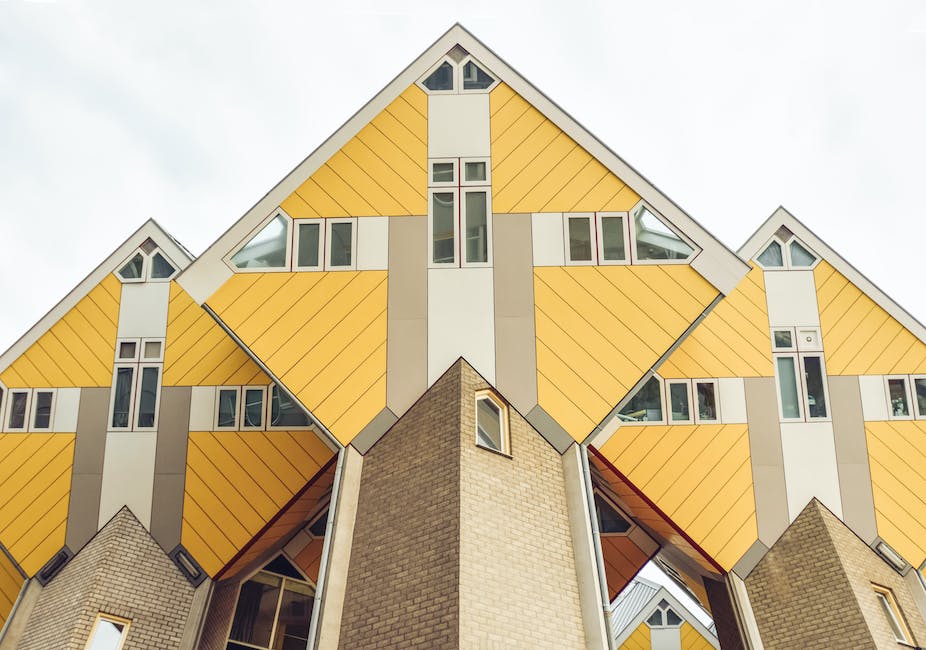Since the time when people learned to build housing, the erected houses have become a reflection of their time, and modern architecture is no exception, through which you can feel the essence of the present era. Modern architecture was formed under the influence of architectural styles that prevailed in the twentieth century and were formed under the influence of previous historical eras. Explore innovative construction materials for modern architecture in the article below.
The main principles of modern architecture
New high-quality technologies and the disappointment of postmodern consciousness give rise to architecture, which has become the subject of discussion among professionals. At the same time, philosophy develops concepts of a new integrity to which a person gravitates in his cultural and psychological attitudes. The 21st century, using the assets of the late 20th century, aims to understand the further development of culture and find the place of architecture in it.
Currently, the decorative stainless mesh is widely used in modern architecture, construction, and design. Thanks to its strength, durability, corrosion resistance, and spectacular appearance, this type of architectural mesh allows you to implement original and modern design solutions in the style of luxury. This modern finishing material was developed specifically for the architectural community.
Among the main principles of modern architecture are the following:
- Speed.
Speed is an integral feature of modernity. A place where a person can escape from external reality and find emotional stability is nature. Architects are trying to make it closer. We see the roofs turning green and trees growing inside the houses.
- Open space.
Open space, natural light, and lightness of glass forms – these are trends in the architectural world that will never lose their relevance. Add a conceptual approach – and a cool result will not make you wait.
The most innovative materials for modern architecture
As you know, progress does not stand still. Bricks, wooden logs, and stones were once the main building materials. Then people invented aerated concrete, foam blocks, porous ceramic blocks, plasterboard, shellac, etc. Finally, reinforced concrete products have been used in the construction of high-rise buildings for decades. However, even today, more and more new construction materials are appearing, and well-known materials are being improved in their characteristics.
Among the most innovative materials for modern architecture are the following:
- Usage of rectangular lapidary forms.
- Graphene is an ultra-thin and super-strong nanomaterial that is only just entering mass production as a raw material.
- The main material is monolithic and prefabricated reinforced concrete, glass, and less often – brick, and the use of large non-segmented planes made of the same material.
- For industrial and partially residential and public buildings, the arrangement of windows on the facade in the form of solid horizontal strips is characteristic – the so-called “strip glazing.”
- Concrete based on cellulose nanocrystals; these crystals are obtained from wood fiber and are a more reliable reinforcement than steel bars.
In today’s technologically advanced world, when scientific and technical progress develops every hour, the construction market develops along with progress, becoming more and more high-tech, and perfect. The concept of “smart home”, “energy efficiency,” and “ecology” has firmly entered our speech and our lives. We began to think about our health and the materials that surround us, about how they affect us. Time is another value that has increased in price incredibly, so the issue of the speed of construction becomes more acute every year. This is where construction materials of a new generation come to aid.


